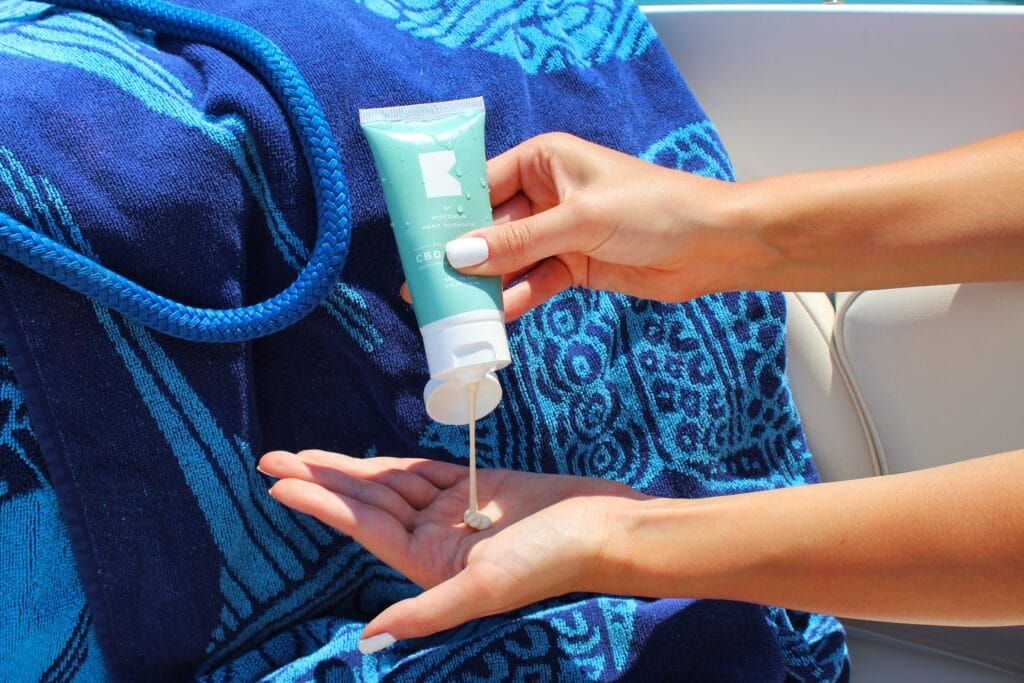In recent years, we have been witnessing an increase in diagnosed cases of skin cancer, as well as a greater awareness and interest to prevent it. At Foyer Global Health and together with Teladoc Health we want to do our bit by speaking about this disease with the aim of promoting early detection through self-examination and regular reviews with a dermatologist.
What impact does it have?
Skin tumours are the most common form of cancer and account for about 50% of all tumours diagnosed annually. Nowadays, about 160,000 cases are diagnosed a year worldwide.
The highest incidence is recorded in countries with a lot of sunshine and a non-native white population, this is common in Australia, New Zealand, the United States and South Africa.
If we look at Europe, we see incidences rising in the Nordic and Western countries (where people with very white skin live and who are exposed to the sun in summer). It is true, however, that these incidences are also rapidly increasing in the countries located to the south and east.
What types of skin cancer are there?
Skin cancer can be divided into two large groups: melanoma type or non-melanoma. Melanoma accounts for only 4% of cases, yet it is the cause for approximately 80% of skin cancer deaths worldwide.
- Non-melanoma skin cancer
There are two types of non-melanoma skin cancer: basal cell carcinoma and squamous cell carcinoma. Both appear in areas exposed to the sun, such as the head and neck (55%), upper extremities (18%) and lower extremities (13%). Since the effects of the sun on the skin are cumulative, they usually manifest after 45 years. It first appears as a benign, reddish, and raised lesion that occasionally degenerates into skin cancer.
The treatment of non-melanoma skin cancer is usually by local surgery, with a cure rate of 92-100% in superficial tumours, and approximately 72% in deeper lesions. There are other therapeutic mechanisms such as radiotherapy, topical treatment, cryotherapy, or electrocoagulation.
- Melanoma
It appears mostly in people with light skin and who have been exposed to high-intensity ultraviolet radiation, either the sun or tanning machines. It is manifested by the appearance of a new black mole or by alterations on an existing mole, for example when it becomes asymmetrical, with irregular edges, of a bluish or blackish coloration and with a diameter greater than 6 mm or has increased in size. The diagnosis, as in non-melanoma skin cancers, is reached by the skin examination and the definitive result is given by the analysis of the studied piece of skin.
Melanoma detected early and removed has a high survival rate, but can spread to lymph nodes or other organs, at which point survival drops below 10%. The treatment of choice is surgery, radiotherapy, chemotherapy, and immunotherapy may also be used.
Why do they occur?
Skin cancer is caused by abnormal and uncontrolled growth of skin cells caused by sun damage to a large extent. It is important to remember that the skin is our largest organ and, therefore, the most exposed to the sun. Melanomas usually begin with a change in normal skin or may develop in an already present mole.
There are also factors that predispose someone to an increased risk of skin cancer: from the type of skin of each patient to external factors such as exposure to environmental agents.
- Solar radiation is the biggest risk factor, but the consequences are not noticeable until several decades after exposure, that is why we are now facing skin cancer cases in people who were exposed to the sun for a long time when the use of sunscreen was not as widespread as it is now.
- Regarding individual risk factors, people with a family or personal history of melanoma, who have had significant sunburn (especially in childhood), people with clear phototypes I and II (usually redheads and people with white skin and blond), or people with large numbers of moles throughout the body (especially over 50), including moles that are atypical or irregular-looking, are more likely to develop skin cancer.
How is it diagnosed?
It is very important to have a clear idea: so, if there is any sign of skin changes it is important to go to the doctor to get that area examined. Treatment can be much more effective if the diagnosis is made early.
Each type of skin cancer has a different appearance, but only the dermatologist can distinguish between benign lesions and those that may be of concern and require treatment.
- It is advisable to go to the doctor if you see any skin changes, on any area of the body (even inside the mouth), that does not disappear in three or four weeks of its appearance:
- If any spot or freckle appears or if it changes colour or shape, if it bleeds, it forms a scab or itches.
- If any new bulge appears, or changes shape or size.
- If any skin scar changes appearance.
- If changes appear in any fingernail.
What habits can be adopted on a day-to-day basis to help prevent the onset of this disease?
- Avoid excessive ultraviolet irradiation, both solar and artificial (UVA booths) and, above all, sunburn.
- Protect the skin when exposed to the sun with sunglasses, hat, umbrella, and sunscreen.
- Use sun cream with a protection index between 30 and 50, applying it half an hour before sun exposure and renewing the application every two hours.
- Perform moderate and progressive sun exposure, without redness or burns, and avoid exposure between 12 in the morning and 4 in the afternoon when the incidence of the sun’s rays is higher.
- Teach children to protect themselves from the sun with both creams and caps.
- Remember that ultraviolet radiation reaches the skin through clouds, glass under an umbrella and through the shade. And that snow, sand and water reflect the sun’s rays and enhance their effects.
- Annual dermatological check-ups are recommended, and if new changes or lesions are seen the check-up should be done before.

Remember: for certain types of skin cancer, early diagnosis is vital to have a successful treatment.
If you have any doubt, you should always consult your doctor to decide if it is necessary to have a dermatologist assessment to get an early detection of any skin cancer
Teladoc Health offers through Foyer Global Health 24/7/265 access to an online team of doctors. If you would like to read more about the services click on the link and visit the e-care portal. Register now and request any of the services free of charge, at any time and place and without the hassle of making a claim.
Take care of your skin!


